![“If you have a [patient in the] fourth or fifth line, [JNJ-5322] could be a valid drug of choice,” said Rakesh Popat, BSc, MBBS, MRCP, FRCPath, PhD.](https://cdn.sanity.io/images/0vv8moc6/cancernetwork/267879fc15a40ec8d3ed04d8ee9c1f044b49ee89-2990x1692.png?w=350&fit=crop&auto=format)
“If you have a [patient in the] fourth or fifth line, [JNJ-5322] could be a valid drug of choice,” said Rakesh Popat, MBBS, PhD, MRCP, FRCPath.

Your AI-Trained Oncology Knowledge Connection!

![“If you have a [patient in the] fourth or fifth line, [JNJ-5322] could be a valid drug of choice,” said Rakesh Popat, BSc, MBBS, MRCP, FRCPath, PhD.](https://cdn.sanity.io/images/0vv8moc6/cancernetwork/267879fc15a40ec8d3ed04d8ee9c1f044b49ee89-2990x1692.png?w=350&fit=crop&auto=format)
“If you have a [patient in the] fourth or fifth line, [JNJ-5322] could be a valid drug of choice,” said Rakesh Popat, MBBS, PhD, MRCP, FRCPath.
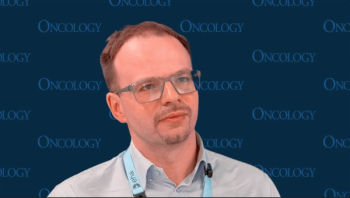
Earlier treatment with daratumumab may be better tolerated for patients with pretreated MRD-negative multiple myeloma.
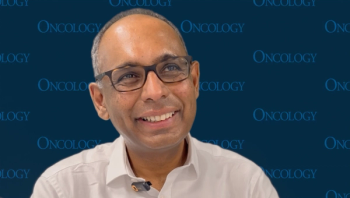
The trispecific antibody JNJ-5322 demonstrated superior efficacy vs approved agents in multiple myeloma in results shared at the EHA 2025 Congress.
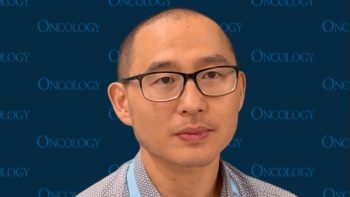
Despite CD19 CAR T-cell therapy exhibiting efficacy in patients with relapsed/refractory large B-cell lymphoma, less than half achieve long-term remission.
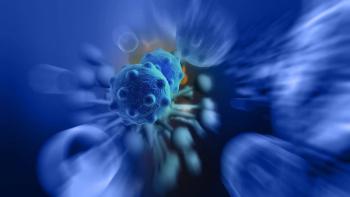
Efficacy with etentamig was comparable across prespecified subgroups with relapsed/refractory multiple myeloma, suggesting broad therapeutic benefit.
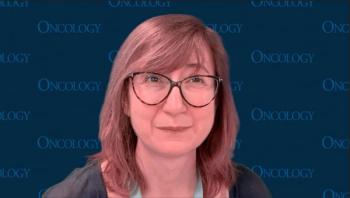
Current findings from the phase 1/2 CaDAnCe-101 trial show no predictive factors of improved responses with BGB-16673 in patients with CLL or SLL.
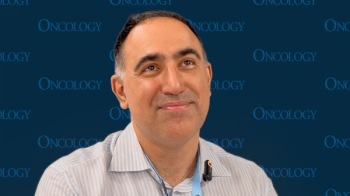
Multiple mutations and gene alterations make targeted therapy development more difficult for patients with AML, according to Amir Fathi, MD.
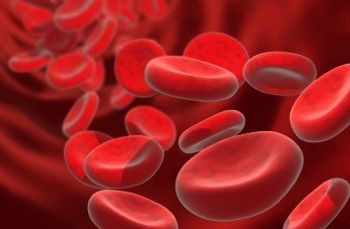
BGB-16673 antitumor activity occurred particularly among patients with BTK-resistant mutations and those with disease refractory to prior cBTK and ncBTK inhibition.

Mezigdomide with dexamethasone and bortezomib or carfilzomib led to a median PFS exceeding 1 year across 3 cohorts in those with relapsed/refractory MM.
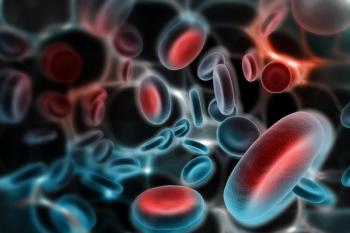
Data from the 2025 EHA Congress show developments in novel therapeutic strategies across different multiple myeloma, leukemia, and lymphoma populations.

Findings from the phase 1b TRIMM-3 trial support the potential activity of PD-1 inhibition in patients with relapsed/refractory multiple myeloma.
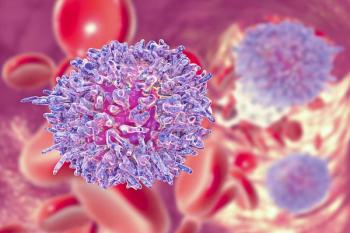
Bexobrutideg, a novel BTK degrader, demonstrated preliminary clinical activity and a consistent safety profile in patients with relapsed/refractory chronic lymphocytic leukemia.
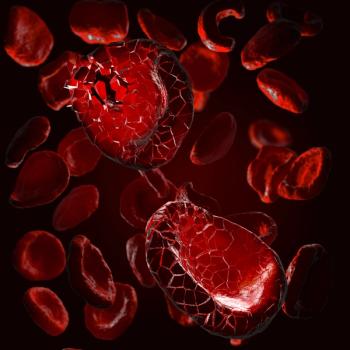
A retrospective analysis of real-world data confirmed the efficacy of axi-cel in relapsed/refractory large B-cell lymphoma, with outcomes comparable to the ZUMA-7 trial.
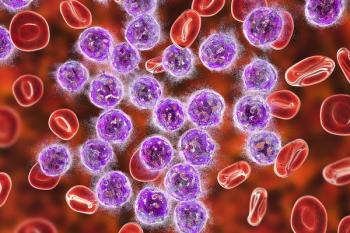
Single-agent olutasidenib maintenance demonstrated clinically meaningful activity in patients with IDH1-mutated acute myeloid leukemia.
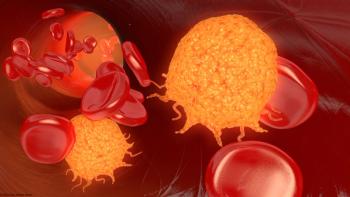
Ponatinib extended EFS and PFS in patients with newly diagnosed, Ph-positive acute lymphoblastic leukemia who did not achieve MRD negativity after induction.
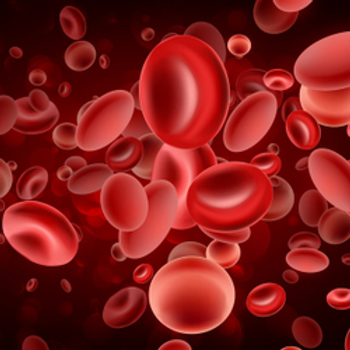
The MagnetisMM-6 trial results showed that elranatamab plus daratumumab and lenalidomide yielded an ORR of 97.3% in transplant-ineligible multiple myeloma.

Similar response rates and safety profiles were observed with subcutaenous and intravenous isatuximab in the phase 3 IRAKLIA study.
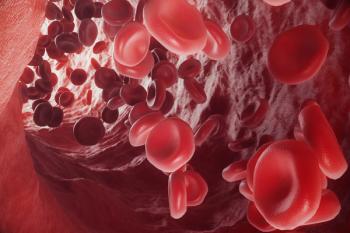
Low rates of early relapse in both arms of the phase 3 IsKia trial support the efficacy of carfilzomib in this newly diagnosed multiple myeloma setting.

Data from ASCERTAIN-V may support venetoclax plus decitabine/cedazuridine as a new standard of care in those with AML ineligible to receive chemotherapy.
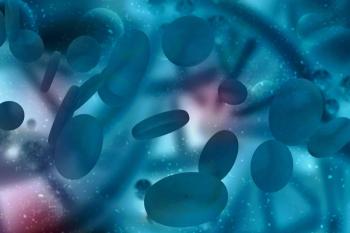
Results of the PREDATOR-MRD trial found that daratumumab could help predict MRD response for patients with multiple myeloma.
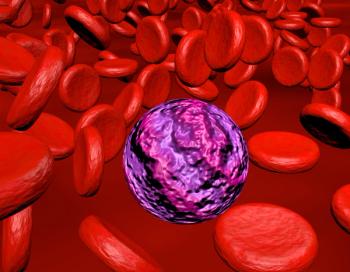
Compared with standard therapy, dasatinib did not improve efficacy for patients with core-binding factor AML.
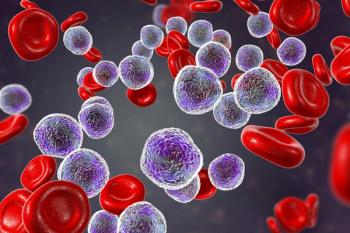
JNJ’4496 at 75 M CAR T cells elicited an ORR of 100% in patients with relapsed or refractory large B-cell lymphoma who received 1 prior line of treatment.
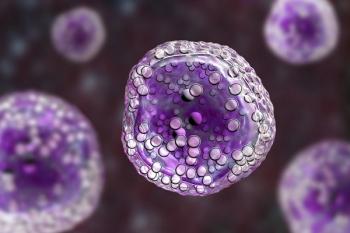
Results of a post hoc analysis found spleen and symptom response rates to be comparable with ESAs or danazol in combination with ruxolitinib for patients with myelofibrosis who have anemia.
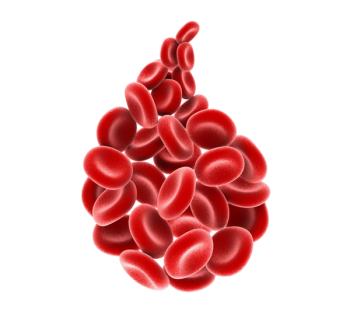
Data from APPULSE-PNH may support oral iptacopan as a potentially practice-changing option in patients with paroxysmal nocturnal hemoglobinuria.
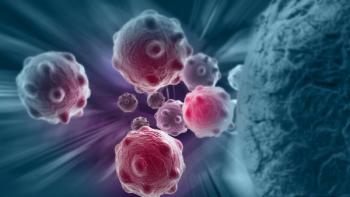
Treatment with cyclosporin/cyclophosphamide following allogeneic stem cell transplant had improved efficacy vs cyclosporin/methotrexate in patients with high-risk hematologic cancers.
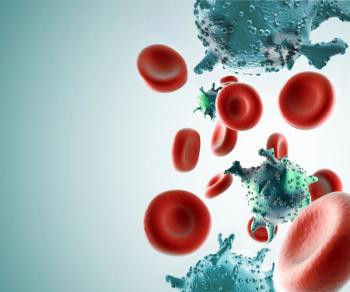
Patients with R/R DLBCL given polatuzumab vedotin, rituximab, gemcitabine, and oxaliplatin had an OS of 19.5 months.
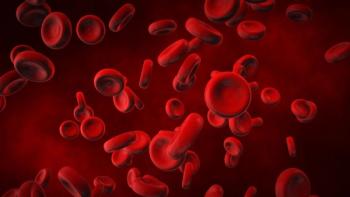
The VIALE-A trial showed high activity with revumenib plus azacitidine and venetoclax for patients with NPM1m/KMT2Ar AML.

Tetiana Skrypets, MD, highlighted that older adults with PTCL may be treated as younger adults if they pass the geriatric assessment.
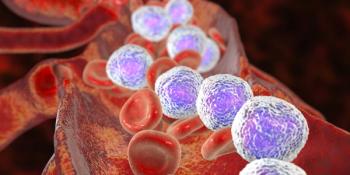
Investigators evaluated the impact of low-molecular weight heparin after the first 60 days of treatment as well as treatment overall.
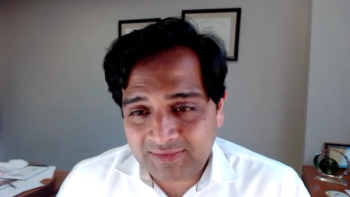
A phase 1/2 trial assessed the use of menin inhibitor DSP-5336 in patients with acute leukemia overexpressing HOXA9 and MEIS1.